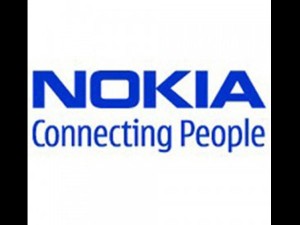
The Nokia 100 and 101—priced $30 (€20) and $35 (€25) respectively—will be available in the third and fourth quarters of the year.
The launch comes a day after Nokia announced three new mass-market smartphones, including what it called the world’s smallest touch-screen smartphone and one with the world’s brightest display.
The Finland-based company is being increasingly squeezed in the low-end market by Asian manufacturers like ZTE and in the high end by the makers of smartphones like Apple Inc.’s iPhone and Research in Motion’s Blackberry.
It is hoping to regain momentum with the Windows Phone 7—to be launched later this year—after teaming up with Microsoft, whose Windows Phone operating system will become the main platform for Nokia cellphones.
The three smartphones unveiled Wednesday are based on Symbian technology, seen by some developers as clumsy and dated. It was surpassed by Google’s popular Android as the world’s No. 1 smartphone software at the end of last year, but Nokia said it will continue to develop Symbian products.
The Nokia 100, a basic handset for calls and sending text messages, features a color display with a grid-based menu system and an FM radio.
The Nokia 101 has dual SIM device, enabling users to connect to two different networks to receive calls and messages. It also has an FM radio, integrated MP3 player and supports 16-gigabyte microSD memory cards.
Nokia shares were up 1 percent at €4.20 ($6.06) in afternoon trading in Helsinki.
Based in Espoo near Helsinki, Nokia Corp. employs 132,500 people worldwide. It claims 1.3 billion daily users of its devices, and has said it hopes the partnership with Microsoft will lead to capturing the next billion users to join the Internet in developing growth markets.